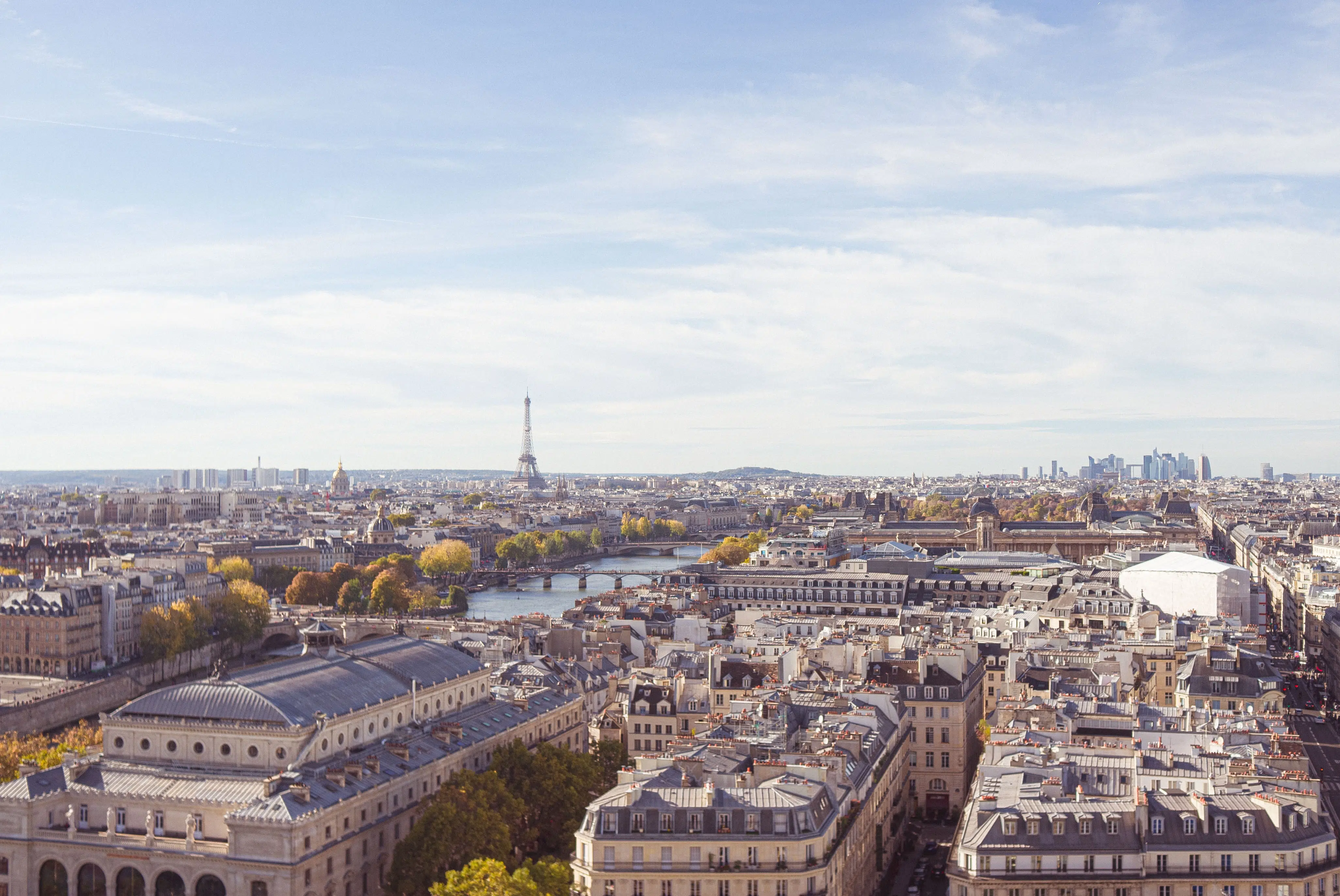Moving to France
from Australia
France is a beautiful country, with a rich history and stunning natural landscapes. As one of the oldest nations globally, France’s landmarks, fashion, film and culture are deeply influenced by the country’s long-standing history.

France is a beautiful country, with a rich history and stunning natural landscapes. As one of the oldest nations globally, France’s landmarks, fashion, film and culture are deeply influenced by the country’s long-standing history.
Moving and Living in France
Historically and culturally France is among one of the most important nations in the Western world, having played a highly significant role in historic international affairs, with former colonies in every corner of the globe. Bounded by the Atlantic Ocean and the Mediterranean Sea, the Alps and Pyrenees, France is the geographic, economic and linguistic bridge joining Northern and Southern Europe.
France is the largest country in Europe and one of the most diverse – with German influences along the northern border, Spanish notions in the south and Italian elements from Nice to Marseille. As one of the oldest nations globally, France’s landmarks, fashion, film and culture are deeply influenced by the country’s long-standing history.
France’s major cities and provinces are bursting with life and activity, from the vibrant riverside cafes and restaurants on the Seine River in Paris to Provence’s quaint medieval artists’ villages and sun-drenched seaports, the architectural grandeur and political history of the Palace of Versailles, and the winter wonderland of powdery snow in the French Alps. There is so much more to France than the traditional tourist destinations, with multiple film, food and cultural festivals and destinations of natural beauty.


Explore the glorious French countryside and its landmarks with dramatic scenery, hiking and alpine sports in the Chamonix Valley, a jaunt along the French Riviera coastline, a journey to the quaint canals and rich history of Bruges or a day trip to the UNESCO listed island of Mont Saint-Michel. Delve into the history of the Lascaux Caves, admire the Monet Garden in Giverny, visit the Champagne province just east of Paris to learn about the rich history of Champagne or visit the expansive purple lavender fields in The Valensole Plateau.
Go sailing in Saint-Tropez on the Mediterranean, attend the Cannes Film Festival, watch the sunset behind the Eiffel Tower and the lights sparkle every hour or shop in the upmarket French department store of Galerie Lafayette. And, if all that activity makes you hungry, there’s plenty to choose from; from Michelin star restaurants to Croque Monsieur in street-side cafes, boeuf bourguignon, escargot, and steak tartare. Dig into a traditional onion and beef stock soup of Soupe à l’oignon, help yourself to a macaron or fresh pastry, enjoy a soufflé or sit down to an array of fresh French cheeses and meats.
Moving to France from Australia with OSS
At OSS World Wide Movers, our network of FIDI / FAIM accredited partners cover the whole of France.
Our partners in France are well versed in all aspects of the requirements for importation of personal and household goods.
This guarantees you a seamless, tailor made move to France, right through to your new home not only your personal effects and vehicles, but also for your much loved pets as well.

There is so much more to France than the traditional tourist destinations, with multiple film, food and cultural festivals and destinations of natural beauty.
Moving your household goods to France
Visa and Immigration Information
When travelling or moving to France, make sure your passport and visas are correct and valid. Check these links to find out some of the latest requirements.
Consulate / Embassy in Australia
Contact the Embassy of France by visiting 6 Perth Avenue, Yarralumla, Canberra, ACT 2600 Australia. Phone +612 6216 0100 Fax +612 6216 0132 Email information.canberra-amba@diplomatie.gouv.fr or follow this link to the Embassy website: http://www.ambafrance-au.org/-English-
Visa Information
General Visa Information can be found here: https://au.ambafrance.org/-Visas-new-
Passport Information
Please contact the Consulate-General of France in Sydney by visiting Level 26, St Martins Tower, 31 Market Street, Sydney, NSW 2000 Australia. Phone +612 9268 2400 Fax +612 9268 2431
Immigration Information
Follow this link for immigration information and related services: http://www.diplomatie.gouv.fr/en/coming-to-france/
Social Media Links
Facebook Page: https://www.facebook.com/Ambafrancecanberra
Twitter Page: https://www.twitter.com/FranceAustralia
All about France – Moving to a new lifestyle






